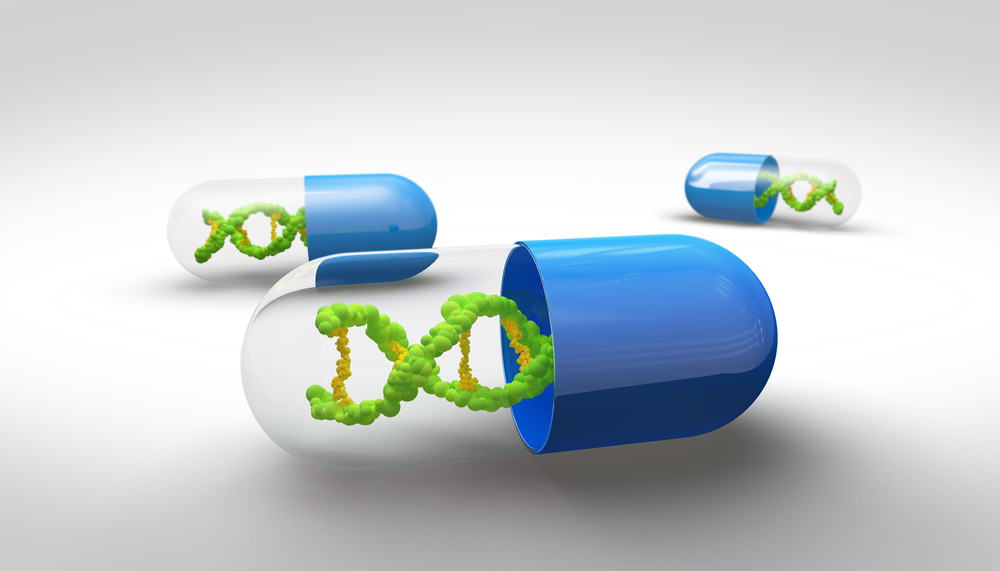Insights Into Furin Protein’s Role May Improve Gene Therapy Prospects for Hemophilia A

A collaborative research study offers new insights into how a protein called furin influences blood clotting and found it functions differently in hemophilia A and B, findings that are promising for improving gene therapy for hemophilia A.
The study, “Circumventing furin enhances factor VIII biological activity and ameliorates bleeding phenotypes in hemophilia models,” was published in JCI Insights.
Hemophilia A and B are two inherited conditions characterized by bleeding problems caused by lack of clotting proteins, factor VIII in hemophilia A and factor IX in hemophilia B. Both disorders are treated by regular intravenous transfusions of drugs aimed to compensate for the clotting factor that is lacking. It is assumed these drugs target the protein furin, and involved in cleaving precursors of various proteins, including those in blood-clotting.
In this study, researchers at the Children’s Hospital of Philadelphia, Perelman School of Medicine of Pennsylvania, and also at the University of North Carolina, suggest that furin functions differently in both hemophilias for reasons related to differences in both cofactors VIII and IX. “We were surprised to find no evidence that furin was required in factor VIII replacement, as it is in factor IX,” study leader Valder R. Arruda, MD, PhD, a hematology researcher at the Children’s Hospital of Philadelphia, said in a press release.
“The clotting factors involved in hemophilia A and hemophilia B are very different, and this has important implications in devising new treatments,” Arruda continued.
Researchers believe these findings could help in the development of personalized therapeutic agents based on gene therapy and protein replacement specific for the treatment of hemophilia A.
The gene therapy research focused on sending coded genes in order to restore the deficient clotting factor in hemophilia, of which most of the research has focused on hemophilia B. Because the gene used for hemophilia B is smaller than that of hemophilia A, a small vector made of a harmless virus often is used to deliver the gene therapy to patients. However, because there are differences in size between factors of hemophilia A and B, what was developed for hemophilia B does not necessarily work for hemophilia A.
“In gene therapy, size matters,” said Arruda. “It’s important to reduce the gene package for FVIII to the smallest effective size.”
In order to reduce the gene size and allow an efficient treatment of hemophilia A, the researchers removed the furin-recognition components by engineering a novel factor with no affinity to furin. When they tested this factor on mice with severe hemophilia A, factor VIII levels significantly increased and clotting improved.
“While much work remains to be done to develop this research into clinical applications, our findings could have a promising translational impact, both for protein replacement and gene therapy,” Arruda said. “Because this variant provides more efficient bleeding control than currently available replacement drugs, while avoiding immune reactions, this could address the unmet needs of hemophilia A patients worldwide. It may also advance gene therapy for this disorder,” he said.






